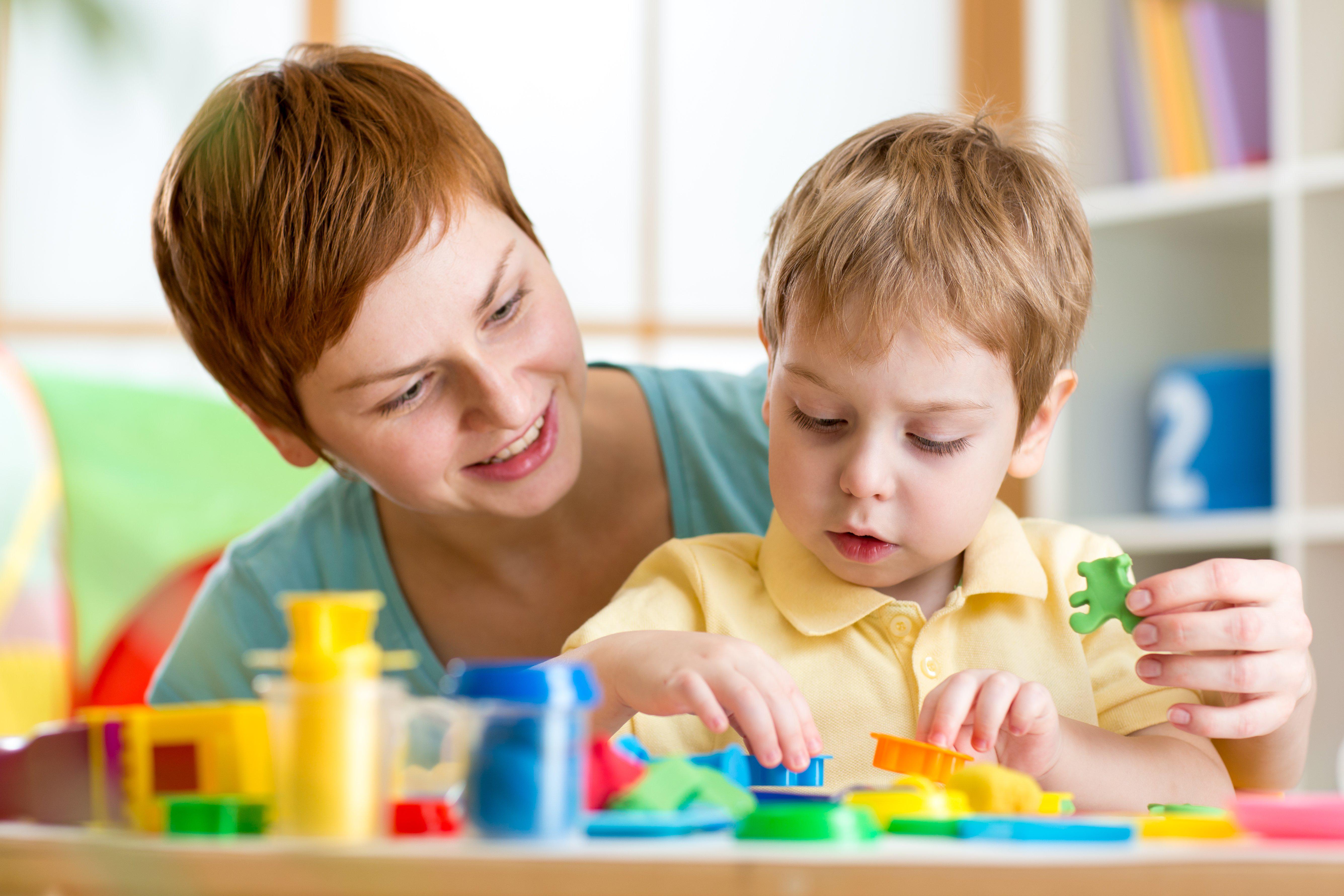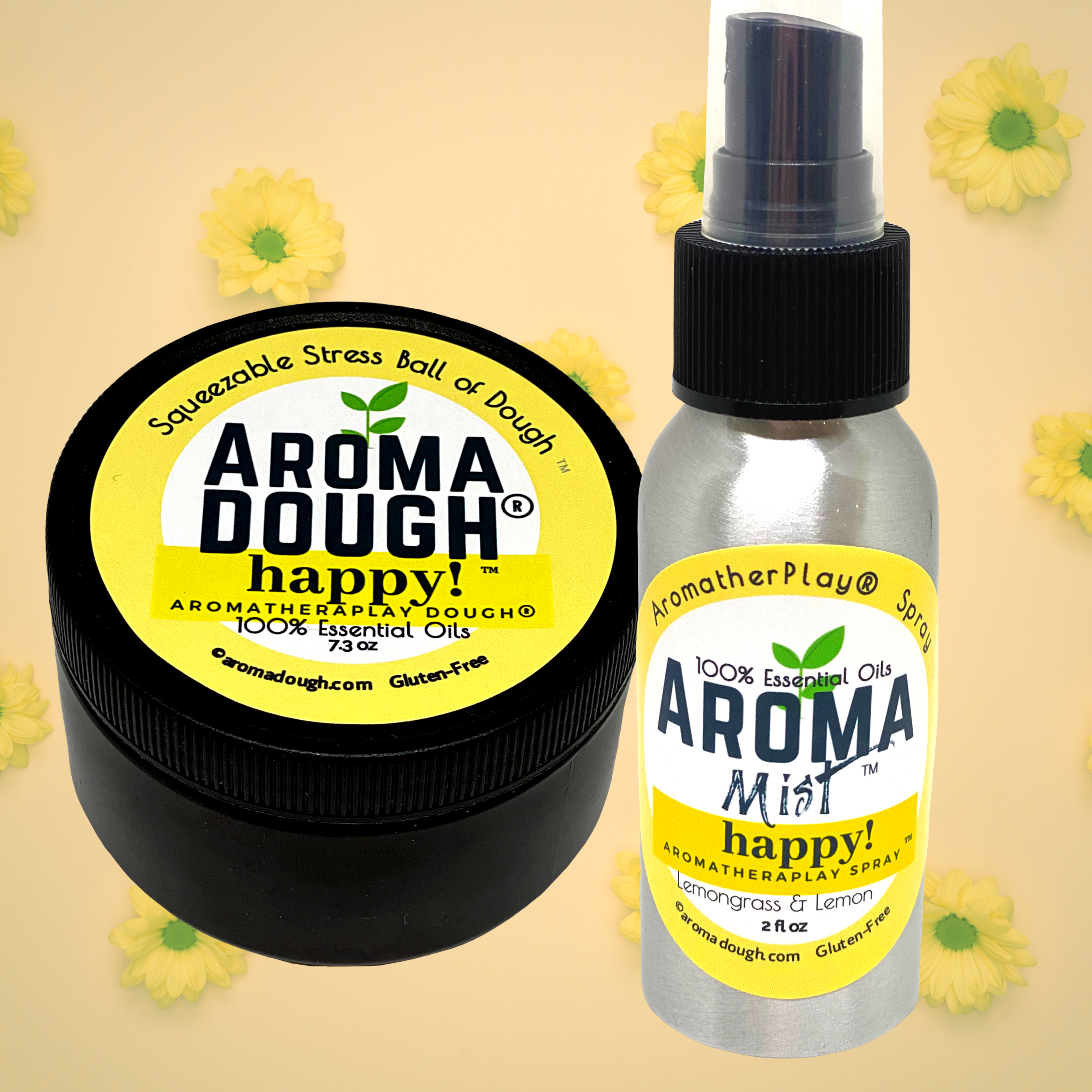
l0 Commentsl By by Diane Scott
How to Spend Time with your Child with Educational & Therapeutic Value
TIME SPENT PLAYING WITH YOUR CHILD IS PRICELESS:
Whether shop-bought or homemade, modeling dough has an established place in an Early Years classroom, and playing with modeling dough is a favorite classroom activity for many young children. But what are the benefits of playing with modeling dough in an Early Years setting?
When children are playing with modeling dough , they are using their fingers and hands to mold the dough into different shapes - patting, squeezing, squashing, rolling, pushing, pulling, and much more. While performing these actions, not only is a child developing their hand-eye coordination, but they are also working the muscles in their hands and fingers and developing strength and precision. It is important for young children to develop these fine motor skills in early childhood which are needed for pre-writing skills such as holding a pencil with a firm grip, for scissor skills, and also for carrying out everyday tasks such as fasting buttons or tying shoelaces.
Modeling dough play can also be beneficial for language development. An educator may use effective questioning to encourage the child to talk about what they are doing with the dough. They may ask the child what they are making, or to explain how the dough feels, extending the language-learning opportunity to describing textures. If playing with others, children may naturally use vocabulary to share their experiences - talking and interacting with each other discussing problems and finding solutions. Through play and exploration of dough alongside their peers, children have the opportunity to learn social skills.
Perhaps an obvious benefit of young children playing with modeling dough is to encourage creativity and help develop a child's imagination. In an Early Years classroom, opportunities may be provided for children to extend their modeling dough exploration, and take part in a more multi-sensory experience. Educators may provide continuous provision such as dry pasta, rice, leaves, sticks, and buttons, enabling the child to explore a range of different materials. Herbs and scents can also be added to the modeling dough to further enhance the learning possibilities. Extended continuous provision may also be supplied in accordance with the class topic. For example, if the children are learning about monsters, then pipe cleaners, googly eyes, feathers,and sequins could be provided, for the purpose of inspiring the children to create their own monsters. 
Literacy and Numeracy skills can also be taught and enhanced through the use of modeling dough. Children can write their names or make numbers with the dough. They can use small balls of dough to help solve addition and subtraction problems. Shapes can also be made with the dough, prompting discussion about the number of sides and corners. Measurement vocabulary can be taught through making ‘long' and ‘short' snakes and through a comparative discussion about which snake is ‘thinner' or ‘the longest'.
Even as adults, many of us may find stress relief through squeezing and pressing modeling dough. Playing with modeling dough is an effective activity to help children to calm down. Molding the dough with their hands or using a rolling pin can be a therapeutic and soothing activity. Essential oils, such as lavender oil can also be added to enhance the relaxing experience. Aroma Dough's Sleepytime Lavender is perfect for toddlers through Adults to help promote sleep.
The benefits of modeling dough play in an Early Years classroom are vast. There isn't a right or wrong way to play with Modeling dough, simply different ways to explore, create and learn.






